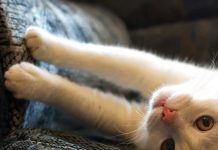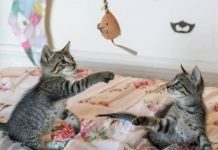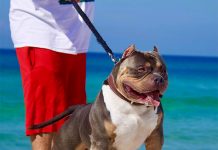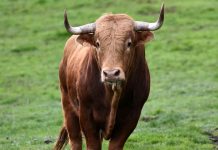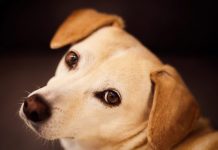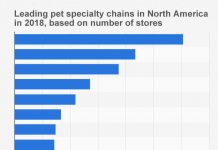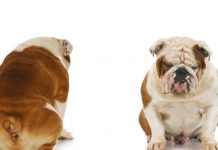All cat owners have experienced their cat coughing up a hairball. The sound of gagging, retching and hacking is unpleasant at best, but the infrequent hairball is usually not a cause for concern. However, if your cat has more than one or two hairballs each month, consult your veterinarian. He or she might recommend changing your cat’s food to help reduce hairballs.
Here are some facts on hairballs and tips for preventing them.
Why Do Cats Get Hairballs?
Hairballs are a result of your cat’s grooming habit. As they lick their hair, the small, hook-like projections on their tongue pull hair out of their coat, which they subsequently swallow. Most times, the hair is digested and passes easily through the gastrointestinal system. Occasionally, hair gets caught in their digestive tract and forms a ball or tubular-like structure. If the fur ball irritates your cat’s stomach, your cat will vomit to remove it from its system.
While kittens are unlikely to develop hairballs, adult and senior felines with long hair or cats that groom themselves more frequently are more prone to hairballs. It’s important to pay attention to your cat’s habits, as over-grooming can be a sign of irritation from fleas, ticks, mites, anxiety or a skin infection.
When to Be Concerned About Hairballs
Hairballs are one of the top concerns for cat owners. A cat that produces fur balls more than a couple times a month might have an underlying issue with their digestive system. If your cat coughs or attempts to vomit, but doesn’t produce a hairball, you should make an appointment with your veterinarian. Additionally, if you notice that your cat is not eating normally after repeated hairball episodes, it could signal an obstruction or a potentially serious condition.
For healthy cats, brushing can help reduce the amount of hair that is ingested. A special diet can also help decrease the likelihood of hairball formation.
What to Look for in a Nutritional Hairball Cat Food
A specialized cat food with a high-fiber content can help ingested hair pass more easily through the digestive tract. You will want to look for a cat food formula with a fiber system to help promote good digestive health.
Your cat’s diet should also include high-quality, proteins and fats to help boost skin and coat health. This can help reduce excessive shedding and hair ingestion from grooming.
In addition to their diet, cat owners can also give their feline companions flavored oral laxatives or add fiber supplements to their current food to encourage hair to move through the digestive system. Always consult your veterinarian before changing your cat’s formula or adding supplements to their diet.
| Picture | Name | Price | Description |
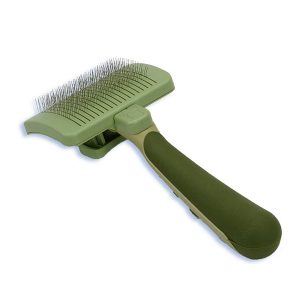 |
Cat Self-Cleaning Slicker Brush | $10.95 | More |
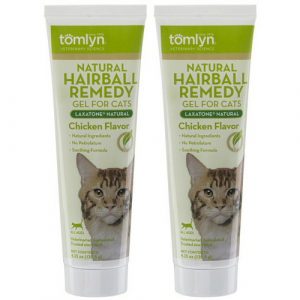 |
Hairball Remedy Gel for Cats | More | |
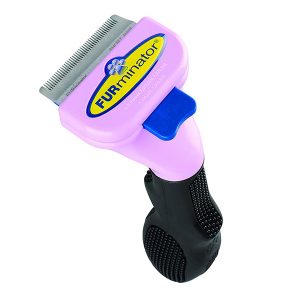 |
Furminator for Cats Undercoat Deshedding Tool for Cats | More | |
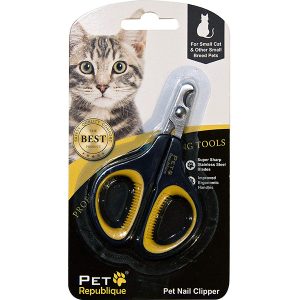 |
Pet Republique Professional Cat Nail Clippers | More | |
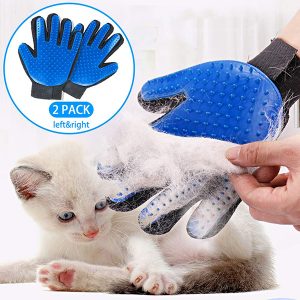 |
Pet Grooming Glove | $8.88 | More |
